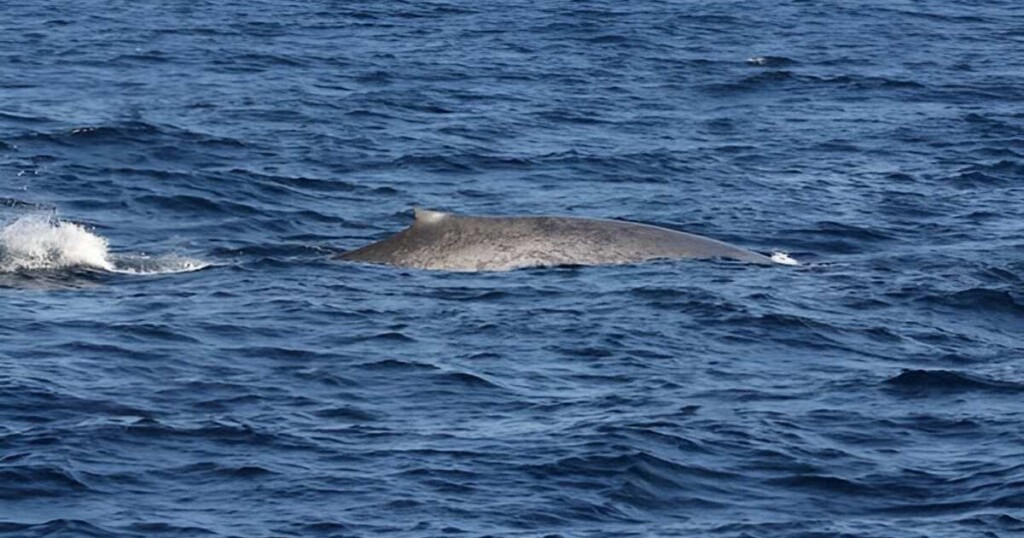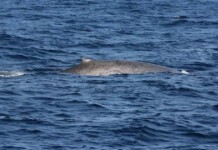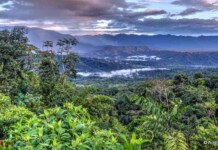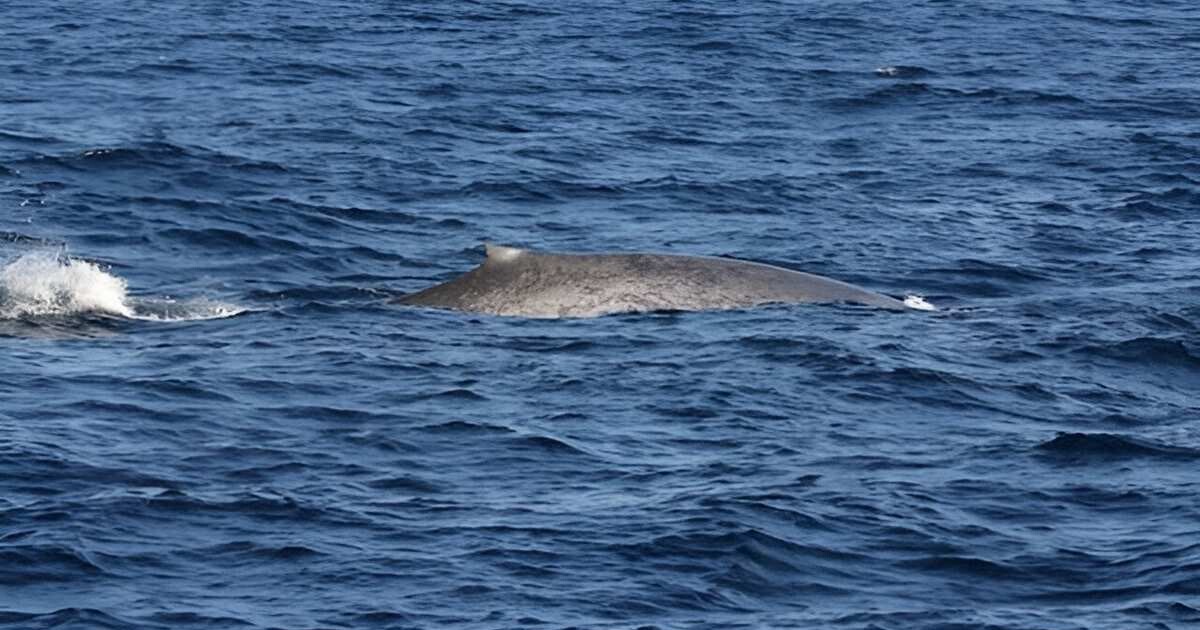
The Seychelles has become a major tourist destination for beachgoing and scuba diving, but it’s not only humans that are beginning to flock to this island.
In what marine biologists have described as a “phenomenal finding,” a survey of whales around the territorial waters of this archipelagic nation revealed the presence of blue whales—over a dozen.
It’s the first time they’ve been seen in these warm seas since 1966, and it’s a wonderful milestone in a long and increasingly successful recovery for the world’s largest animal.
The Seychelles are located in the Indian Ocean off the east coast of Africa, and they were historically a stopover point for Soviet whalers en route to Antarctica. The years 1963 to 1966 were particularly difficult for whales here, and many were taken before the International Convention on the Regulation of Whaling put an end to the practice of hunting baleen whales in 1973.
Since 1966, no dedicated investigation of whales in the Seychelles had been made until 2020, when a partnership of four universities conducted an acoustic survey over the period of two years.
They made five different sightings of groups of up to 10 animals.
“This was a phenomenal finding,” Jeremy Kiszka, a co-author of the paper from Florida International University, wrote in The Conversation. “We were prepared to not see any blue whales due to the high level of hunting that occurred fairly recently and absolutely no information was available since the last blue whale was killed in the region in 1964.”
MORE WHALE RECOVERIES: Blue Whales Return to California at Levels Not Seen Since Before the Whaling Industry
These creatures are as long as a basketball court, and can easily weigh 200 tons. They are quite simply the largest animal ever known to have existed. While certain primitive whales or ichthyosaurs are estimated, based on extrapolations from fossilized remains to be as large or larger, it’s difficult to know for sure.
The team behind the survey sent images taken of the whales’ dorsal sides to a database to see if any of them had been recorded before, and amid the reel, not a single one was a match with any other photographed whale.
MORE MARINE STORIES: Deep Sea Octopus Nursery With 4 New Species Confirmed by Marine Biologists
This, the team suggests, means they have probably never been seen before, which for a species that big might seem strange, but along with there being only 5,000 to 15,000 on Earth, they migrate vast distances while diving deep, making recording their movements incredibly challenging.
The survey identified 23 whale species in total using hydroponic mics over 2 years with peak activity coming between December and April. This is a fascinating finding that suggests something about the seas around the Seychelles makes for excellent whale habitat.
SHARE This Great News About The World’s Largest Animal…




















